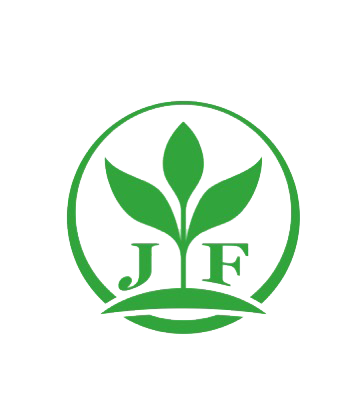Author Introduction:
Write by ANHUI FUYANG JINFENG ECOAGRICULTURE CO.,LTD., where gardening expertise meets premium quality plants and trees! With over 30 years of experience, we've cultivated a reputation as specialists in providing top-notch flora for all your gardening needs. What began with a few humble plastic greenhouses has blossomed into a sprawling operation spanning about 300 acres.
Introduction:
Hey there, fellow plant enthusiasts! Ready to get your hands dirty and dive into the wonderful world of gardening? Well, before you start planting those seeds or potting those pretty flowers, let's talk soil. Yep, that's right – soil matters! Choosing the perfect soil is like laying down the red carpet for your plants, ensuring they have everything they need to thrive and flourish. So, grab your gardening gloves and join us as we uncover expert tips for selecting soil that'll make your plants sing with joy!
Get to Know Your Soil's Personality:
Just like people, soil comes in different textures – sandy, silty, and clayey. So, go ahead and give it a squeeze! Sandy soil feels like beach sand, slipping through your fingers and draining faster than a speeding bullet. Silty soil is smooth and silky, holding its shape but possibly getting a bit too clingy with moisture. Clay soil, oh boy, it's sticky and stubborn, forming dense clumps that could drown your plants in a soggy mess. What you want is that perfect balance – loamy soil, with just the right mix of sand, silt, and clay, offering a comfy home for your plant's roots.
Check Soil pH – The Plant's Personal Preference:
Now, let's talk pH – not the latest dating app, but the acidity or alkalinity of your soil. Picture this – your soil's pH is like a cozy blanket, and different plants have different preferences. Some like it slightly acidic, others prefer it neutral, and a few fancy it alkaline. How do you know what your plants like? Get yourself a soil pH tester – it's like a love calculator for your garden! Aim for a pH range of 6.0 to 7.0 for most plants, but don't worry if you need to tweak it a bit to match your plant's taste.
Feed Your Plants Some Nutrient Love:
Plants need their vitamins too, you know! So, let's talk about nutrients – the goodies that keep your plants happy and healthy. Get your soil tested – it's like a health check-up for your garden. Find out if your soil is lacking in nitrogen, phosphorus, or potassium, and then give it a boost with some organic matter or fertilizer. Think of it as serving up a gourmet meal for your plants – they'll thank you with lush green leaves and vibrant blooms!
Don't Let Your Soil Turn into a Swamp:
Nobody likes wet socks, and plants are no exception! Good drainage is the key to happy roots, so make sure your soil doesn't turn into a soggy mess after a rain shower. Take a stroll around your garden after the rain – do you see any puddles? If so, it's time to work on that drainage. Mix in some compost or organic matter to loosen up heavy soil, or add some grit to improve drainage in sandy soil. Your plants will thank you for it by growing strong and tall!
Keep Your Soil Moisture Just Right:
Now, let's talk about moisture – not too dry, not too wet, but just right, like Goldilocks' porridge. Squeeze a handful of soil – does it crumble like a cookie? That's a good sign! If it sticks together like glue, it might be holding onto too much moisture. Add some organic matter to sandy soil to help it retain water, or mix in some coarse materials to improve drainage in clay soil. Your plants will appreciate the perfect balance, and you'll be rewarded with lush, healthy growth.
FAQs (Frequently Asked Questions):
Q1: How often should I test my soil's pH?
A1: It's a good idea to test your soil's pH annually, especially if you're growing a variety of plants with different pH preferences. However, if you notice any signs of nutrient deficiency or poor plant growth, testing more frequently may be beneficial.
Q2: Can I use store-bought potting mix instead of garden soil?
A2: Yes, you can use potting mix for container gardening, as it's specifically formulated to provide the ideal growing conditions for potted plants. However, if you're gardening in the ground, amending your native soil with organic matter is usually the best approach.
Q3: How do I know if my soil has enough nutrients for my plants?
A3: Conducting a soil nutrient analysis is the most accurate way to determine your soil's nutrient levels. You can either send a soil sample to a professional lab or use an at-home soil testing kit. Based on the results, you can adjust your fertilization routine accordingly.
So there you have it, folks – the inside scoop on choosing soil that'll make your plants jump for joy! Remember, gardening is all about having fun and getting your hands dirty, so don't be afraid to experiment and get creative with your soil. With a little love and attention, you'll soon be enjoying a garden filled with happy, healthy plants – and maybe even a few veggies or flowers to show off to your friends!

